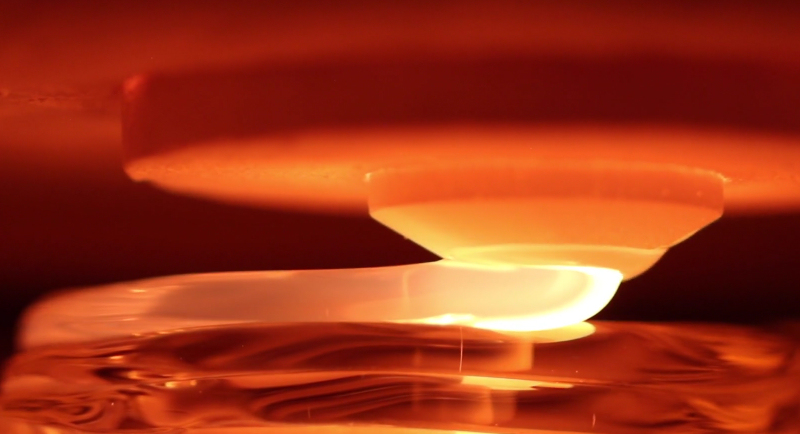-
Tips for becoming a good boxer - November 6, 2020
-
7 expert tips for making your hens night a memorable one - November 6, 2020
-
5 reasons to host your Christmas party on a cruise boat - November 6, 2020
-
What to do when you’re charged with a crime - November 6, 2020
-
Should you get one or multiple dogs? Here’s all you need to know - November 3, 2020
-
A Guide: How to Build Your Very Own Magic Mirror - February 14, 2019
-
Our Top Inspirational Baseball Stars - November 24, 2018
-
Five Tech Tools That Will Help You Turn Your Blog into a Business - November 24, 2018
-
How to Indulge on Vacation without Expanding Your Waist - November 9, 2018
-
5 Strategies for Businesses to Appeal to Today’s Increasingly Mobile-Crazed Customers - November 9, 2018
Watching glass get 3D printed is absolutely mesmerizing
Just years after 3D printing made the leap into popular consciousness, the newest iteration of the do-it-yourself technology has emerged: glass 3D printing. Scientists from MIT have already figured out how to put molten glass through a 3D printer and have released a video that shows the mesmerizing process of creating objects using this particular material. If not for the extreme temperatures, this would nearly be an FDM 3D printer with glass.
Advertisement
The project is called “G3DP” and was brought together by the Mediated Matter Group, headed up by Neri Oxman, an Israeli artist teaching at MIT.
“Now consider printable optoelectronics, or the possibility of combining optical fibers for high-speed data transmission by light, combined within glass printed building facades”.
Advertisement
G3DP is an additive manufacturing platform created to print optically transparent glass. The process is an additive manufacturing platform performed with dual heated chambers, with the top chamber called the Kiln Cartridge that has been heated to a whopping 1,900F. Regular glass isn’t particularly printer-friendly, so the stuff they sell is usually glass-filled nylon, or some sort of composite that’s more malleable and easy to work with. Shapes can be designed on the computer, and the G3DP will execute them. ‘Glass can be distributed in a more sophisticated way throughout the cross section of each component, and intricate inner features are feasible which enable the incorporation of internal channels to distribute water, air and other biological mediums’. A selection of the objects produced will appear in an exhibition at the Smithsonian Design Museum in New York in 2016.




























